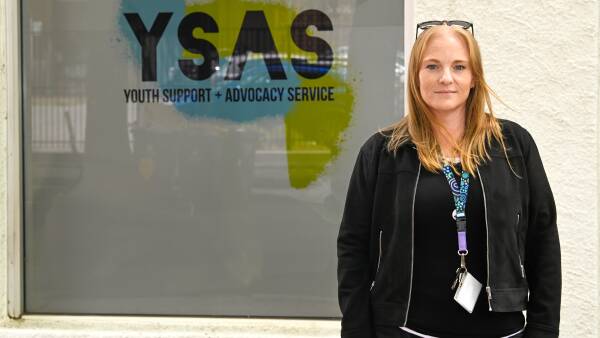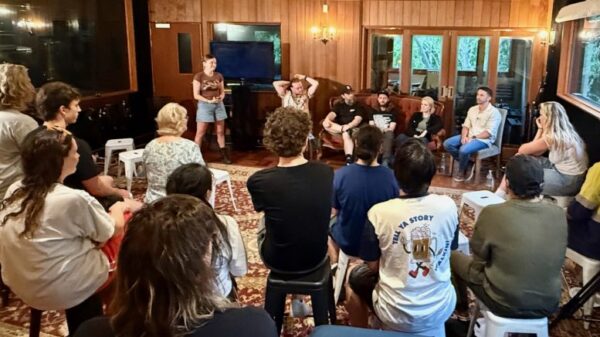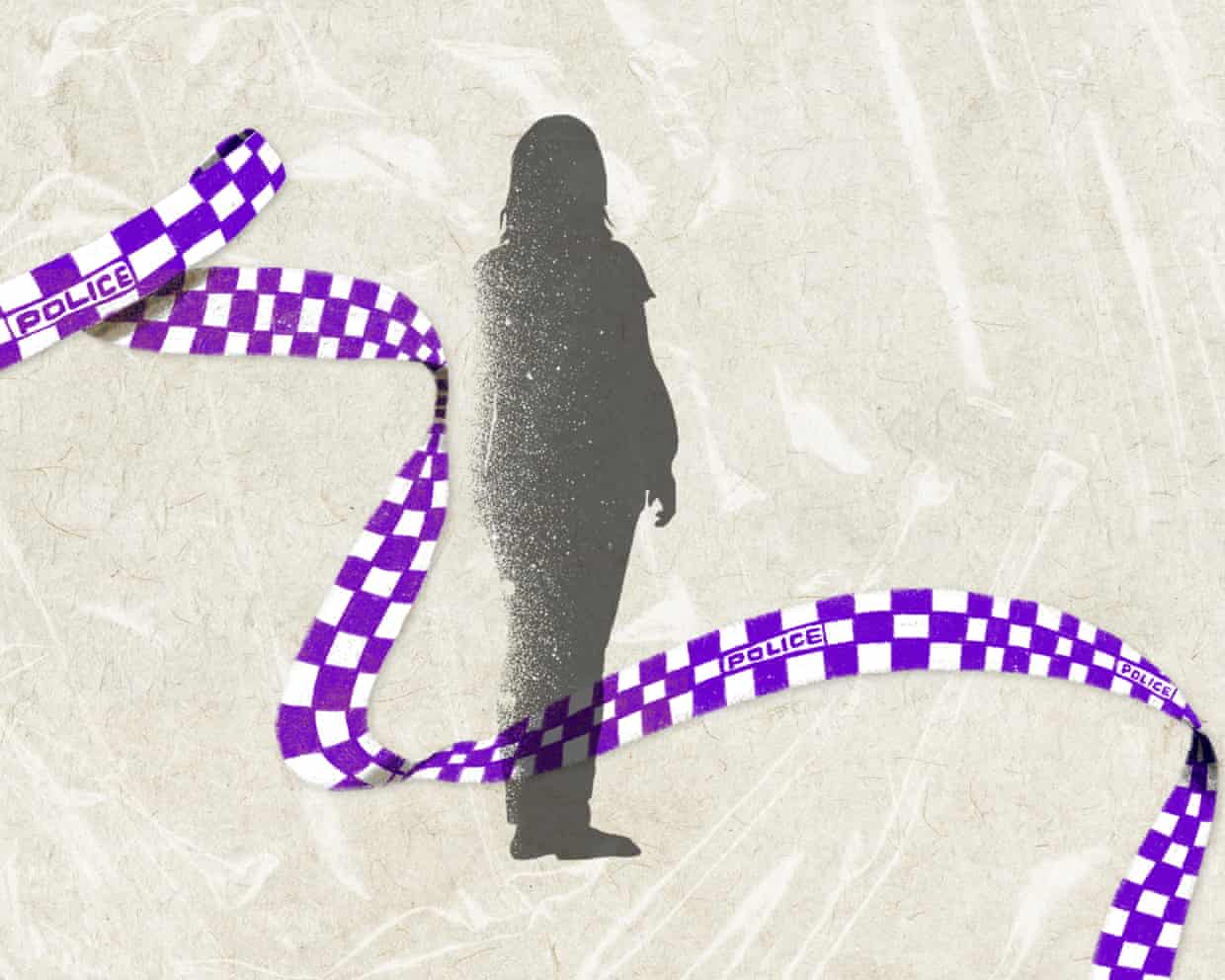Kardell Lomas, a young woman who was pregnant, lost her life in a tragic act of violence in Ipswich, Queensland, three months after seeking help from support services. Her case has raised significant concerns about the treatment of domestic violence victims, particularly among Indigenous women in Australia. Lomas had repeatedly reported severe abuse, including strangulation and threats to her life, yet systemic failures failed to protect her.
In the months leading to her death, Lomas sought assistance from various support services, detailing her partner’s stalking and violent behaviour. Despite her clear vulnerability and his history of aggression, police responses were inadequate. On one occasion, after passing a note to support staff requesting police intervention, Lomas was met with indifference. Bodycam footage captured officers joking with her abuser, dismissing Lomas’s pleas for help.
The police’s failure to take protective measures, such as issuing a domestic violence order, left Lomas exposed to further danger. Tragically, her body was discovered in the back of a car at her home three months later. Her partner was sentenced to 14 years for manslaughter, but many argue this does not equate to justice for Lomas or her unborn child.
Dr. Amy McQuire, a Darumbal and South Sea Islander academic, highlights that Lomas’s death must be viewed not just as an individual case of domestic violence, but as part of a broader pattern of systemic violence against black women in Australia. The term “feminicide” is used to describe the intersection of interpersonal violence and state neglect, which disproportionately affects Indigenous women.
Lomas’s experience illustrates how systemic racism permeates interactions with law enforcement and support services. Reports indicate that her mistrust of these systems, stemming from her experiences as an Aboriginal woman, contributed to her vulnerability. The Queensland coroner’s refusal to investigate the role of state institutions in her death exemplifies the ongoing neglect of these issues.
The coroner’s report referred to Lomas’s death as a series of “missed opportunities,” a phrase that many advocates find dismissive. It suggests that her tragic death was inevitable rather than a failure of the systems meant to protect her. This perspective fails to hold accountable the broader societal mechanisms that contribute to such violence.
Calls for justice have intensified, as Lomas’s family and advocates seek to ensure that her story does not fade from public consciousness. They argue that every Indigenous woman deserves protection and that her death should prompt a reevaluation of how support services and law enforcement respond to domestic violence.
In the wake of Lomas’s death, the focus must shift towards accountability and systemic change. The tragic events surrounding her life and death highlight the urgent need for reform in how authorities handle domestic violence cases, especially for marginalized communities.
Support services like 13YARN provide resources for Indigenous Australians seeking help, while organizations such as Lifeline and national family violence counselling services remain crucial for those in need. The ongoing dialogue about these systemic failures is necessary to prevent further tragedies and to advocate for the rights of all women, particularly those from Indigenous backgrounds.


























































